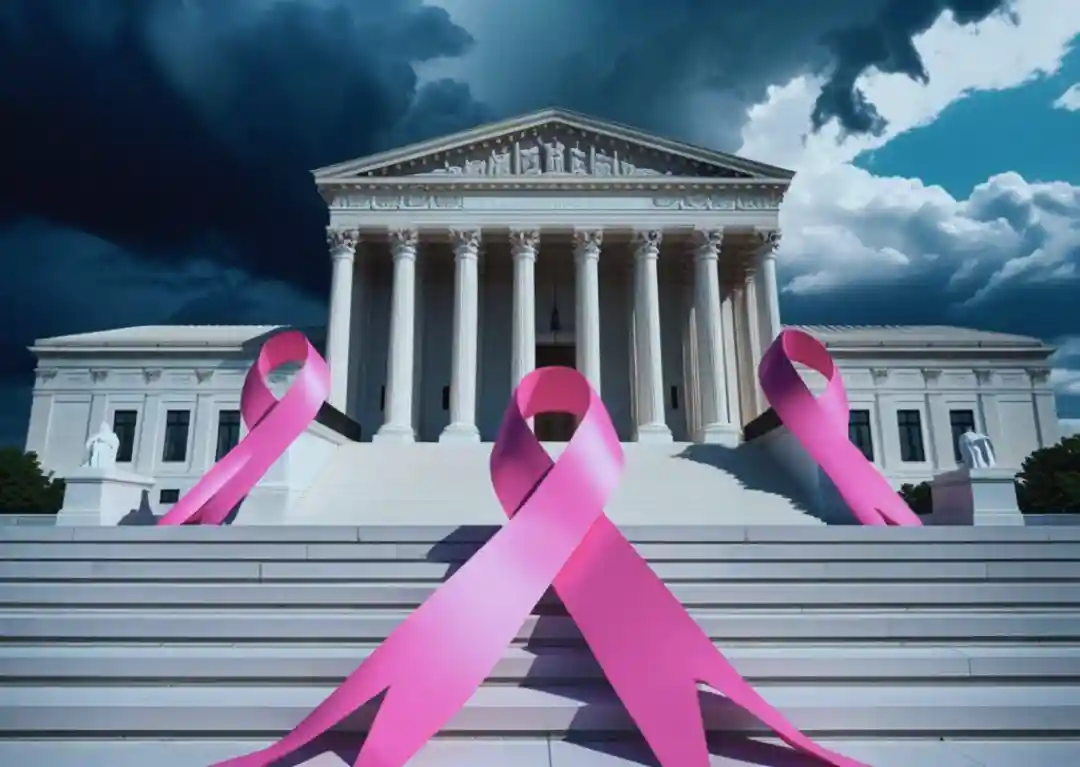But Why No Out-of-Pocket Costs Isn’t Enough!
The Silent Crisis in Women’s Health No One Is Talking About.
Breast cancer remains the second leading cause of cancer death among women in the United States, despite significant advances in early detection and treatment. Mammography, a proven tool for detecting cancer early, significantly reduces mortality by identifying tumors at more treatable stages. Yet about 32% of eligible women are not getting recommended screenings, even when mammograms are fully covered with no out-of-pocket costs. This gap highlights a critical public health challenge: ensuring that available preventive services are effectively utilized.
A recent Newsweek article [1] revealed that one in three women skip mammograms despite $0 copay coverage. Delayed screening increases treatment costs by 18%, with advanced cases reaching up to $120,000 per episode—far higher than the costs associated with early-stage treatment. Insurance leaders suggest that the main issue is not financial but rather communication. Many women remain unaware of their coverage or do not prioritize screening amid daily demands. As Chris Fong, CEO of Smile Insurance, noted, “The problem isn’t that services like mammograms are not covered but more about communication.”
The recent U.S. Supreme Court decision in Kennedy v. Braidwood Management, Inc. [2] added crucial context. On June 27, 2025, the Court upheld the Affordable Care Act’s requirement for insurers to cover preventive services, including mammograms, without patient cost-sharing. This 6–3 decision was celebrated by public health organizations such as Susan G. Komen®, which called it a “monumental win for public health” that preserves access to lifesaving screenings and genetic testing. [3]
However, the ruling also confirmed that the Secretary of Health and Human Services (HHS) has significant authority over the U.S. Preventive Services Task Force (USPSTF), including the authority to appoint and remove members and review the Task Force’s recommendations. This power introduces a risk that future political shifts could influence screening guidelines, potentially affecting who qualifies for coverage and how often women are advised to screen.
Meanwhile, data from the Annals of Internal Medicine [4] reveal a paradox. While many women avoid screening altogether, others receive annual mammograms despite biennial recommendations for specific age groups. In a national study of over 20,000 women without a history of breast cancer, 68.1% had mammography in the past two years and 75.2% of those reported annual exams. Over-screening can cause unnecessary anxiety, false positives, and potentially harmful interventions.
Thus, we face a dual challenge: underuse among some women and overuse among others. Addressing the 32% who remain unscreened requires more effective, culturally sensitive communication. Insurance companies and healthcare providers must work together to repeatedly emphasize that mammograms are both covered and crucial for survival.
Moreover, practical barriers such as transportation, caregiving responsibilities, and health literacy must be addressed through solutions like mobile mammography units, employer-supported screening days, and partnerships with community organizations.
Finally, ensuring that screening practices align with evidence-based guidelines is crucial to reducing over-screening and focusing resources on those who remain unscreened. Educating both providers and patients about appropriate intervals can improve resource allocation and protect women from unnecessary harm.
While the Supreme Court’s decision safeguards access for now, the ongoing challenge is to close the utilization gap and prepare for potential future policy changes. By tackling communication failures, social barriers, and adherence to evidence-based guidelines, the healthcare community can improve breast cancer outcomes and save more lives.
Sources
[1] Dutton, J. (2025, May 21). Why are women skipping their mammograms? Newsweek. https://www.newsweek.com/why-are-women-skipping-their-mammograms-2075355
[2] Kennedy v. Braidwood Management, Inc., 602 U.S. _ (2025).
[3] Susan G. Komen. Susan G. Komen® applauds U.S. Supreme Court decision protecting no-cost access to lifesaving breast care. Komen.org. Published June 27, 2025. Accessed June 29, 2025. https://www.komen.org/news/susan-g-komen-applauds-u-s-supreme-court-decision-protecting-no-cost-access-to-lifesaving-breast-care/
[4] Dixit MN, Wolfson EA, Aliberti GM, Schonberg MA. Reported mammography screening interval by age among U.S. women: a national cross-sectional study. Ann Intern Med. Published online March 25, 2025. doi:10.7326/M24-0073

